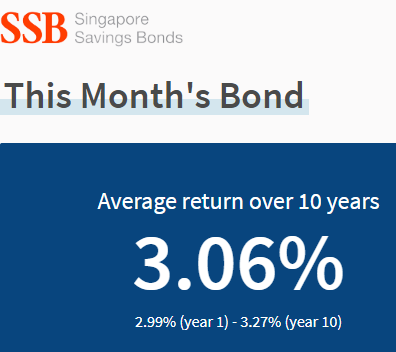- Whole Life
- Term Life
- Endowments
- Life Riders (must be attached to a basic policy)
- Mortgage Reducing Term Assurance (MRTA) / Decreasing Term Rider
Table 1: Comparison of HPS and Private Mortgage Insurance
|
Home Protection Scheme (HPS)* |
Private Mortgage Insurance |
|
|
Property sales
If you believe literally that your house is a goldmine, and that you or your family can always sell it to settle the outstanding mortgage, think again. Properties are non-liquid assets. The sales process usually involves a lengthy period of time. It takes time to find a willing buyer and after that there are paperwork required to see the sales through. Finally, you have to wait a while to receive the sales proceeds. Several months will have passed by then. Unless there are savings to fall back on, you or your family may not be able to meet the monthly mortgage repayment. And this is only the best scenario. It could be that the property market is in a slump, and your house had fallen into negative equity (ie. market price is below the outstanding loan amount). Selling your house would not only be unable to settle the mortgage but you (or your loved ones) would also be left homeless. Therefore, having a MRTA safeguards against these eventualities from happening.Lower premium
Life and term insurance come with mortgage protection. However, these policies command a higher premium compared to a MRTA. The premium for the latter is lower because the coverage falls in line with the mortgage. In addition, for life insurance you have to pay the premium throughout the lives of the policies; whereas for a MRTA usually no premium payments are required towards the last few years of the mortgage tenure. For regular premium, typically you only need to pay premium for 75% to 90% of the mortgage tenure. For single premium, a portion of the premium can be refunded upon early termination.Additiona1 insurance coverage at lower cost
Riders or supplementary benefits can be added to a MRTA at lower cost, then if you are to buy a standalone policy. For example, you can buy a rider plan for major illnesses.Portable coverage
MRTAs are usually portable (as are mortgage insurances that are bundled with life or term insurances). This means if you are to refinance or dispose of your current house and buy a new one, you do not have to buy a new MRTA policy. Do note that if you are to buy a new policy at an older age or when you have a medical condition, you will have to pay a higher premium, or not be able to buy one at all.Flexible premium payment
For a MRTA, most insurers allow you to select from a range of payment schedule: monthly, quarterly, half-yearly or yearly (regular premium). Or even a one-time lump sum payment (single premium). This flexibility may allow you to better manage your cash flow.Different type of coverages
Single, joint or dual coverage is available. Joint is not offered by many insurers though. If the loan is financed by two persons, with joint coverage when either or both parties die, the outstanding mortgage will be taken care of by the insurance and the remaining owner need not pay for the mortgage. For dual coverage, it is two individual policies that cover 100% of the mortgage each.About Property Buyer http://www.PropertyBuyer.com.sg/mortgage We are a research-focused Singapore mortgage consultancy which helps you compare Singapore home loans either for new loans or refinancing. We use loan reports from Singapore's best loan analysis system (exclusive to us) at http://www.icompareloan.com/consultant/ to serve our customers. Our services are completely FREE to you as the banks pay us a referral fee upon loan disbursement. SMS: (65) 9782 8606 Email: loans@PropertyBuyer.com.sg






